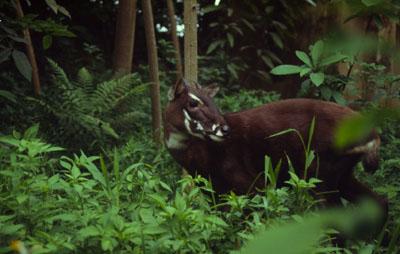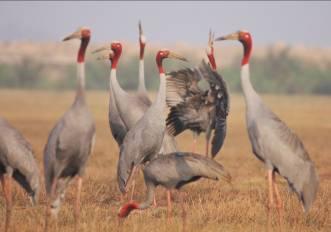by Nhung Pham (ELP 2016), Sustainable Energy Project Manager, WWF, Vietnam
If WWF is to carry out its mission: to stop the degradation of the natural environment and to build a future in which humans live in harmony with nature; we need to change the way we’re working.
...so WWF-Vietnam must change how it works...
Below we outline what we'll be doing differently from 2015.
Engaging government, businesses, civil society, and individuals
In a country of 90 million people, we recognize we can’t go it alone. We need to engage government, businesses, civil society and individuals more than ever before.
- We’ll be supporting the Government in its sustainable land use planning and in its policy development on wildlife trade,
- We’ll be working with companies to adopt sustainable production techniques of the key commodities that pose the greatest risk to wildlife,
- We’ll be developing the capacity of community organizations to protect natural resources and civil society to speak with one voice on environmental policy,
- We’ll be driving the increase in demand amongst individuals for sustainably produced foodstuffs – both from the domestic market and internationally.
Harnessing more economic resources and greater capacity within the country
Vietnam became a middle income country in 2013. There are more economic resources and greater capacity within the country than ever before.
- We’ll be working with both internal and external funders, to ensure money being invested in Vietnam is no longer spent on projects that harm the countries’ natural capital,
- We’ll be engaging with Vietnamese businesses to seek their support in fundraising and awareness raising,
- We’ll begin recruiting individual and major donors in country: Vietnamese people who are motivated to protect their own natural resources.
Developing working ties with out transboundary neighbors
We’ll be developing closer working ties with our trans-boundary neighbors. We recognize that our priority landscapes are inextricably linked with our Mekong neighbors:
- We’ll be focusing on trans-boundary work with Cambodia and Laos PDR, as the Central Annamites, the mountain range that divides the countries, and the York Don Eastern Plains, are home to some of the region’s and the world’s most endangered species,
- We’ll be driving dialogue between countries’ governments on the sustainable use of the Mekong’s resource, in terms of water and energy.


